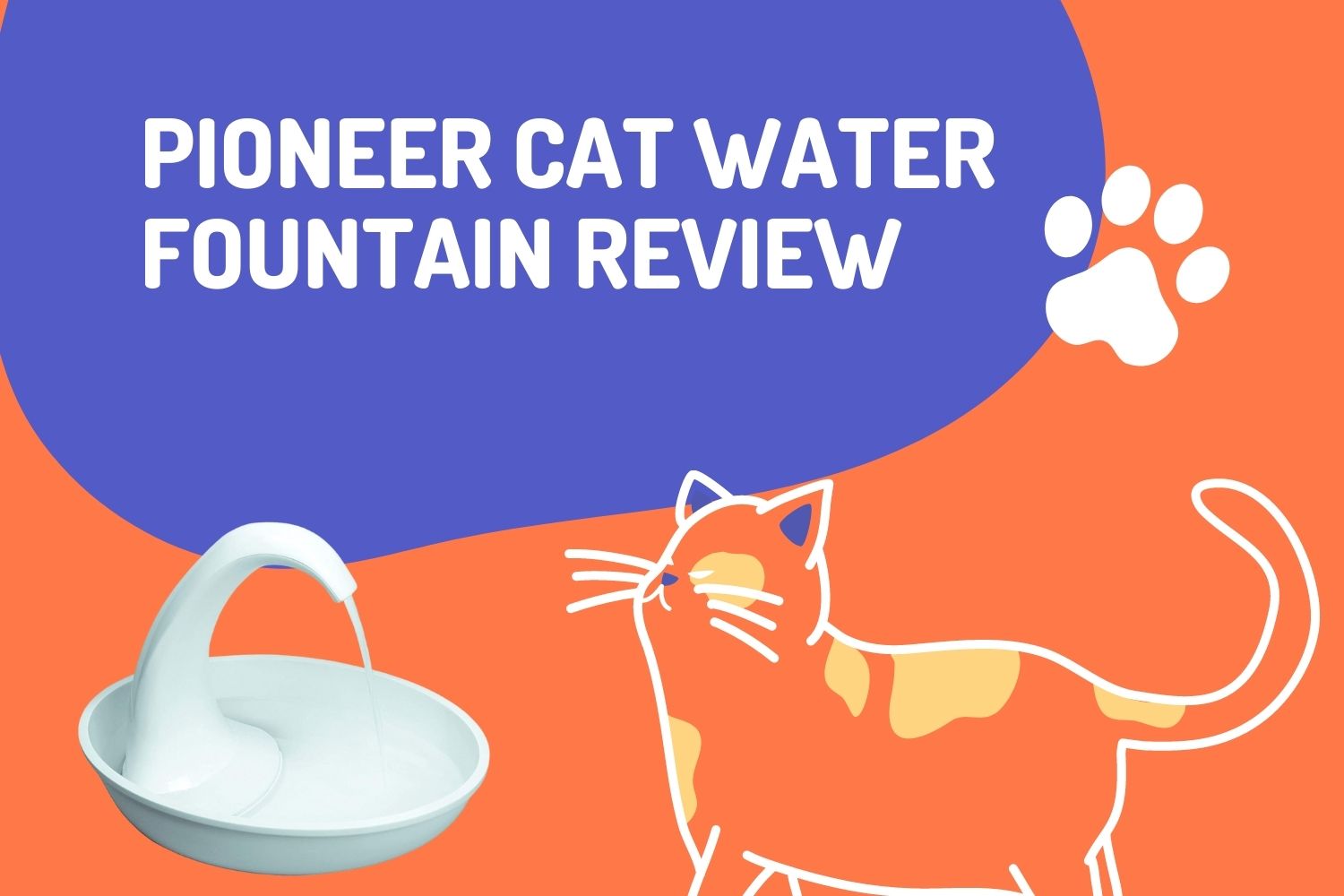If you want to know how much any cat breed hates water, pick your cat up and try washing its paws in the bathroom sink. Few scratches and a lot of yowling later, you’ll know.
Scientifically speaking, their hatred for the innocuous liquid has more to do with its effect on the cat’s fur than anything. The average domestic cat spends five hours every day grooming itself. If its hair becomes wet, its coat becomes very heavy, which makes them slower to move. Instinctually, this makes them easy prey for any predator.
Alongside, getting exposed to water shocks them. Cats like being in control of their surroundings and hate change. Because they can’t control how water affects them, even a simple bath becomes a frightening experience.
Nevertheless,
This doesn’t mean that all cats hate water.
Aside from playing with and drinking water, many cats love swimming and wading in water too!
1. Bengal
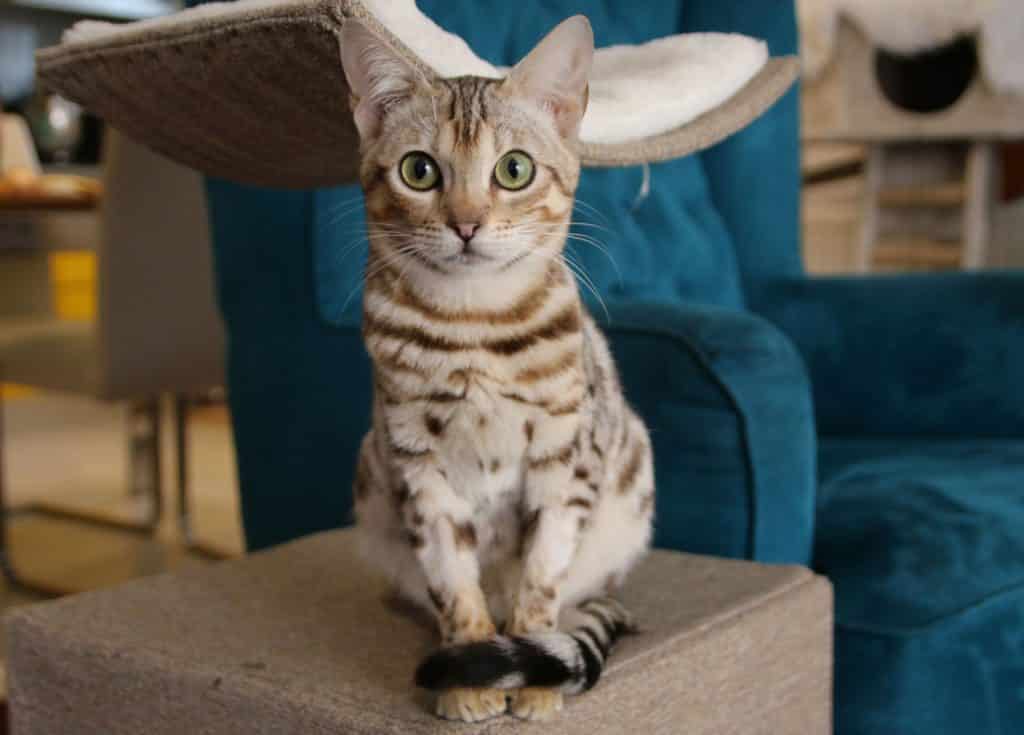
For Bengal cats, their love of water is in their blood.
Bengal cats are a mix of the Asian leopard cat and the domestic cat, who loves water. As such, if you have a Bengal cat or want one, you’ll have no problem bathing it or leaving it near water.
Under supervision, cats will often play with the water hose and even their water bowl. In fact, they may even join you during your bath time. If you keep them away, they’ll yowl and paw at the door until you concede. Any cat and dog water fountain can be used to offer water to Bengal; they are comfortable and easy cats.
2. Abyssinian
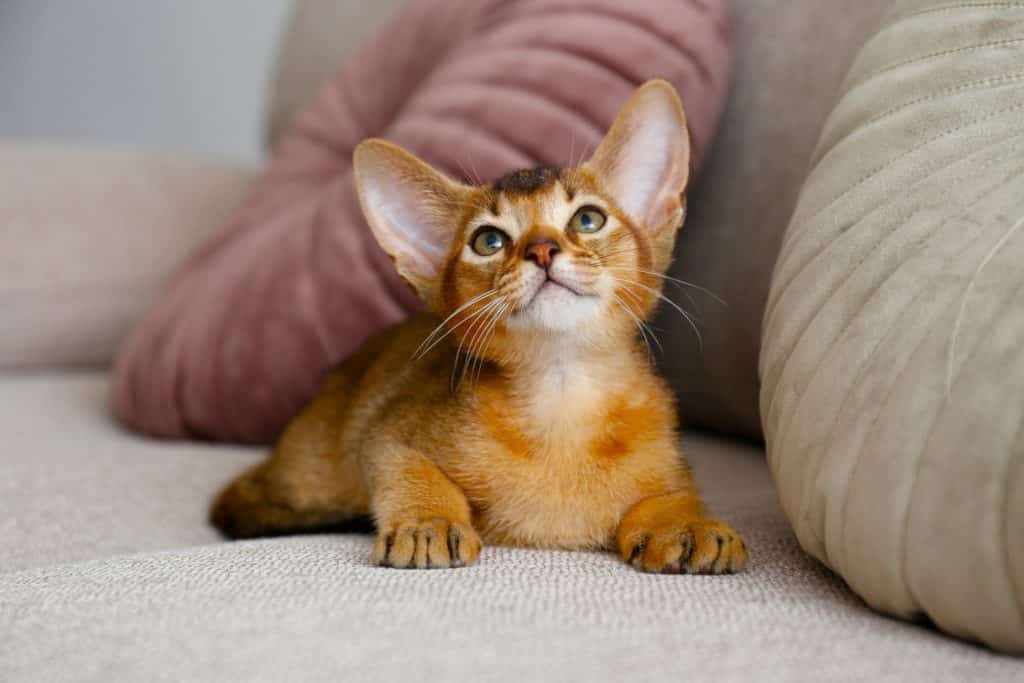
The Abyssinian cat breed is the oldest domesticated cat breed and beloved among the ancient Egyptians some 4,000 years ago and today.
Aside from being active, beautiful, social, and silly, this regal-looking cat breed loves water, a trait it will show if you place a large water bowl or a small water fountain nearby. Leave the bathroom faucet running, and you’ll hear the familiar pitter-patter of four paws running up to play.
3. Savannah
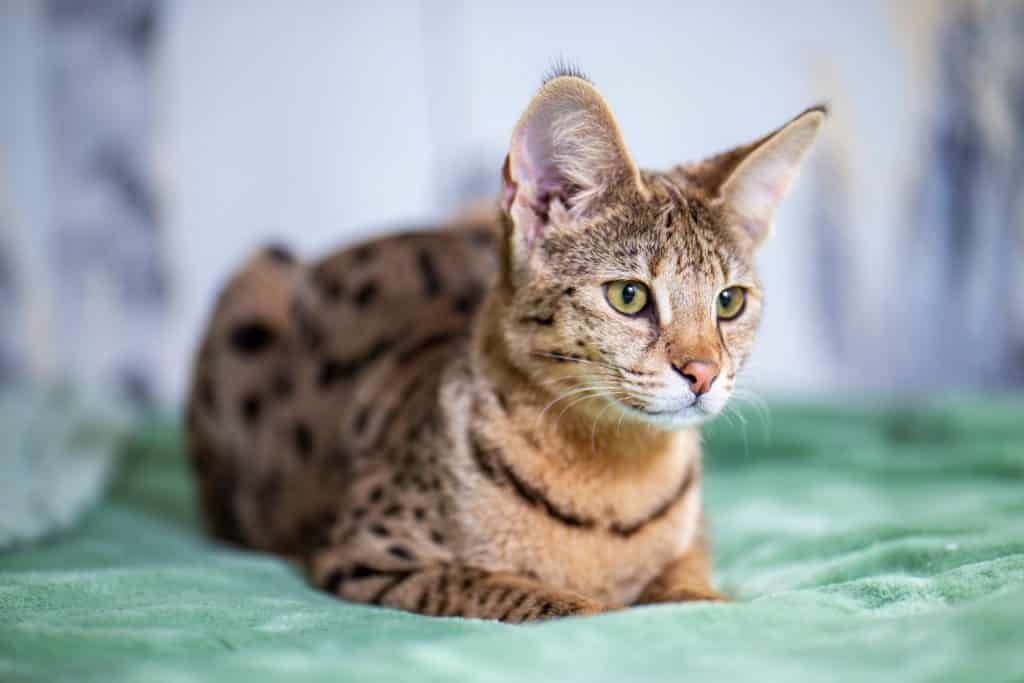
Savannah cats are bred from the African Serval and domestic cats. Because of its close relation to the African wild cats, Savannah cats love water almost as much as the next wild lion.
Savannah cats are playful, active, and curious. And since their nature prompts them to explore and play as much as possible, water with its strange nature serves as the perfect play toy. Whether you’re near ponds, lakes, rivers, or puddles (or your bathtub), you can be sure your Savannah cat will be one step behind you.
4. Turkish Van
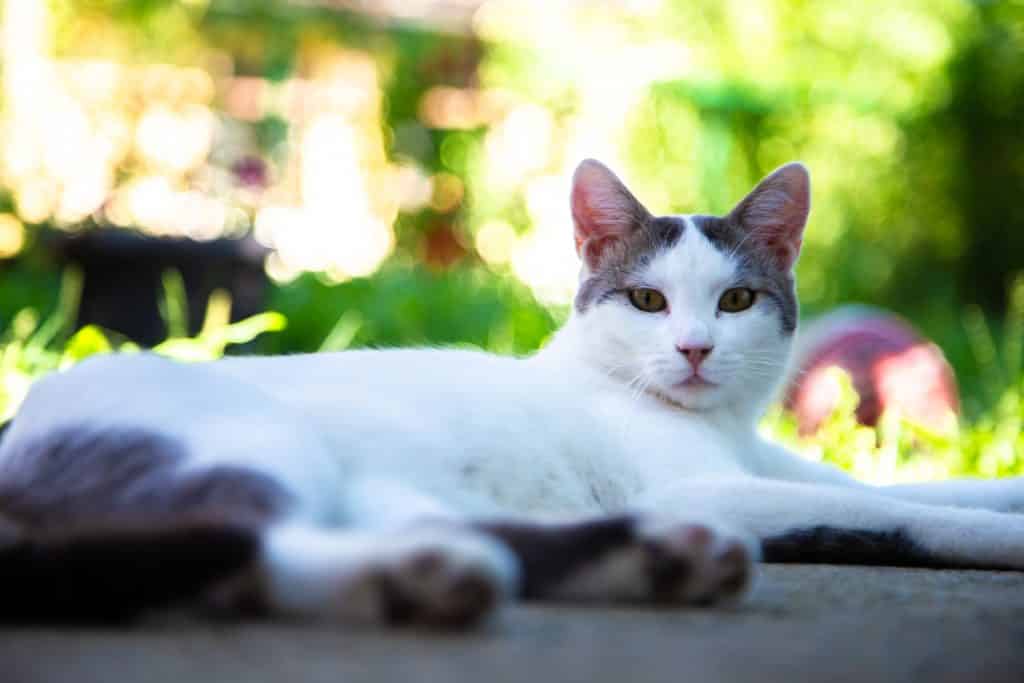
This Turkish breed has a very cat-like legend attached to it.
According to folklore, when Noah’s Ark arrived at Mt. Ararat, without waiting for anyone else, the Turkish Van jumped off the Ark and swan to the Island, leaving all else behind, so it could rest. At the same time, everyone else was preparing to depart from the ship.
The Turkish Van has also nicknamed the Swimming Cat for its love of water. But, keep in mind that these cats are silly and can be clumsy at times. Having them play in a half-full kiddie pool is fine, but do not take your eye off them if they’re in a pond or a lake. Do kittens drink a lot of water? The answer is yes in the case of the Turkish Van.
5. Turkish Angora
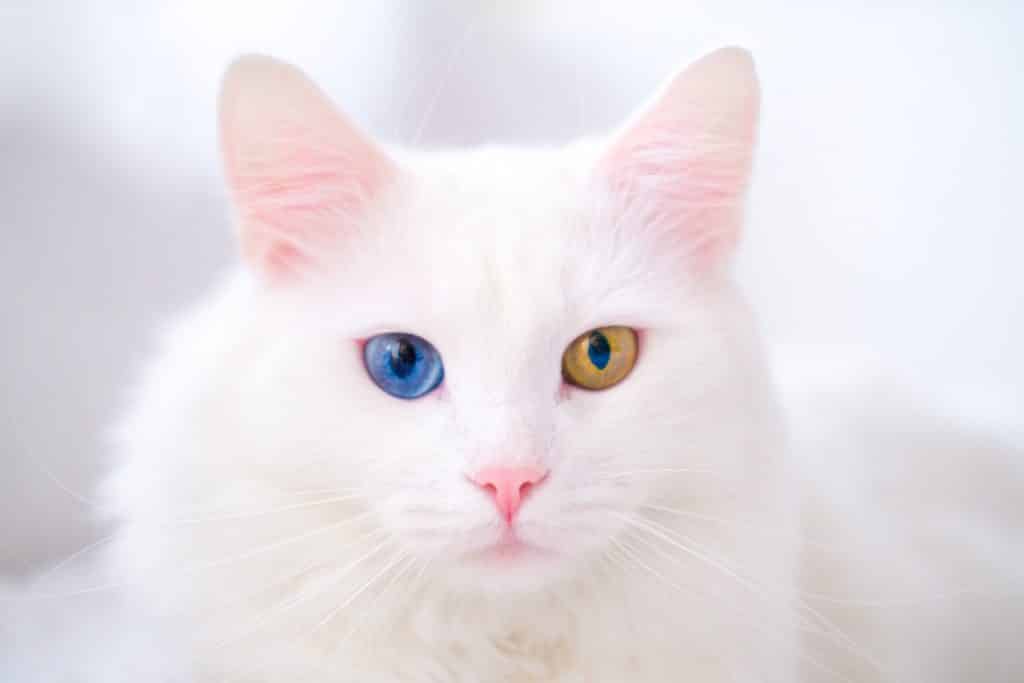
Considering how pristine, beautiful, and elegant Turkish Angora cats are, you wouldn’t think it to be the first one to jump in the water and play. These cats are primarily known for their love of water, especially running water or shallow pools.
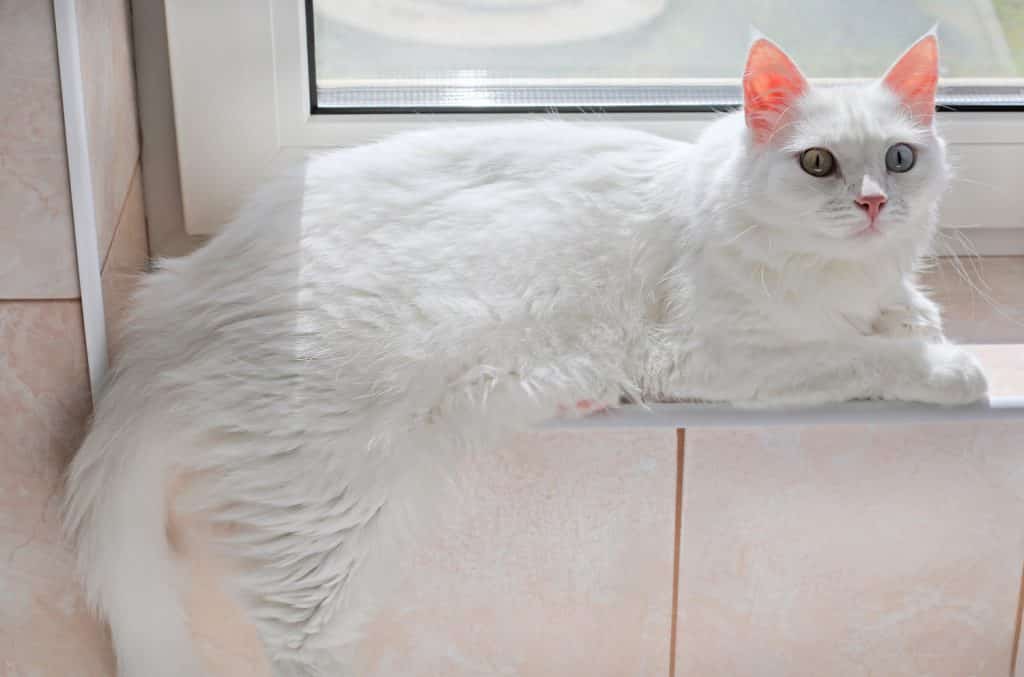
The Turkish angora cats love to play and climb and paddle around in the water. So, if you’re thinking about adopting a Turkish Angora cat and worried about its bath time, don’t!
6. Maine Coon
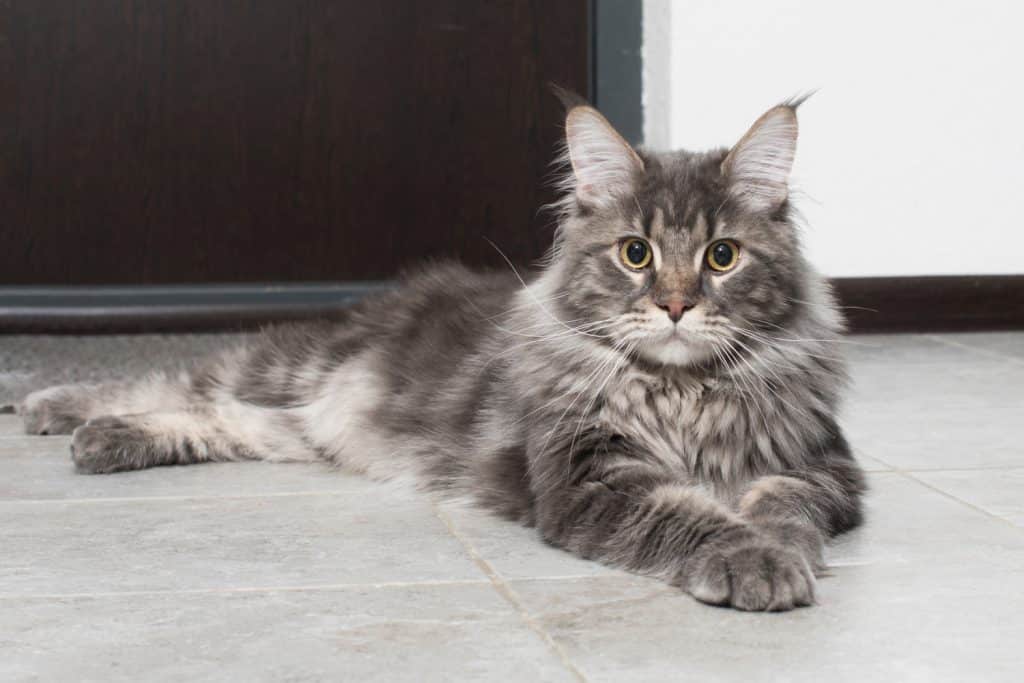
With this cat’s long and silky hair, you’d think Maine Coon cats would stay miles away from any water body. However, the great thing about these cats is that their coat is water-resistant, which explains why they love to swim and are positively fascinated with water.
Maine Coon cats are brilliant and playful and were the cats of choice on ships that would keep cats for pest control. Now, these cats mainly keep their shenanigans limited to bathtubs, toilet bowls, faucets, and their water bowls.
7. American Bobtail
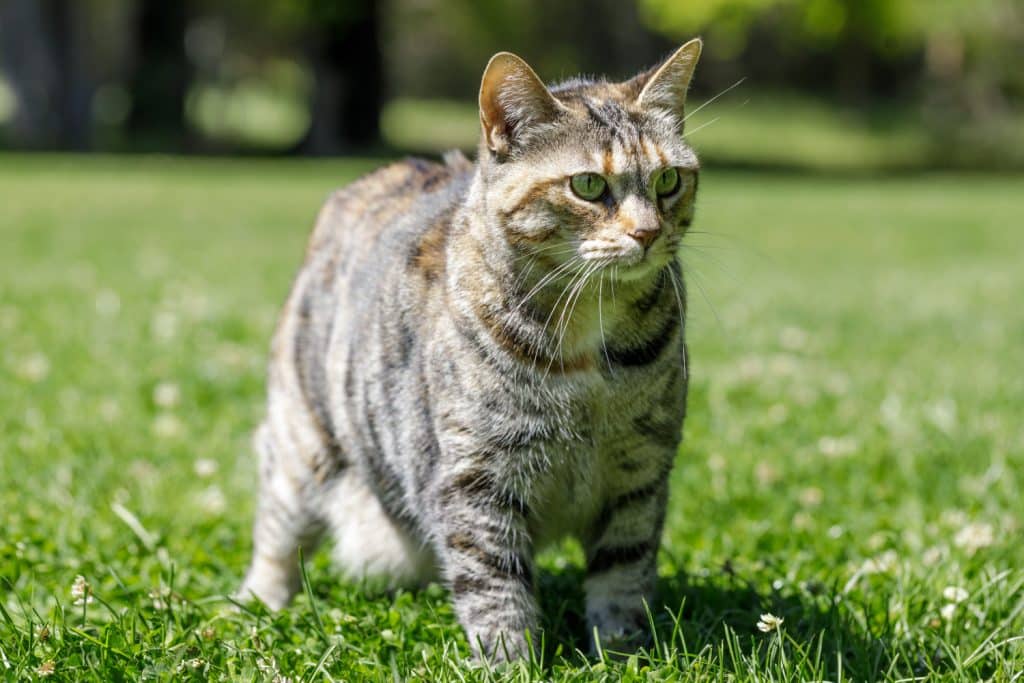
Native to North America, the American Bobtail takes its looks from its ancestral wild cats. But that’s not the only trait they inherit.
Because of their well-muscled and athletic build, American Bobtail cats love being active and social and require proper exercise, something they get when they swim in the water. Bobtails will play fetch and will splash around in the water. If you have a pool, get some floating toys and toss them in. Your bobtail cat will have a whale of a time.
8. Japanese Bobtail
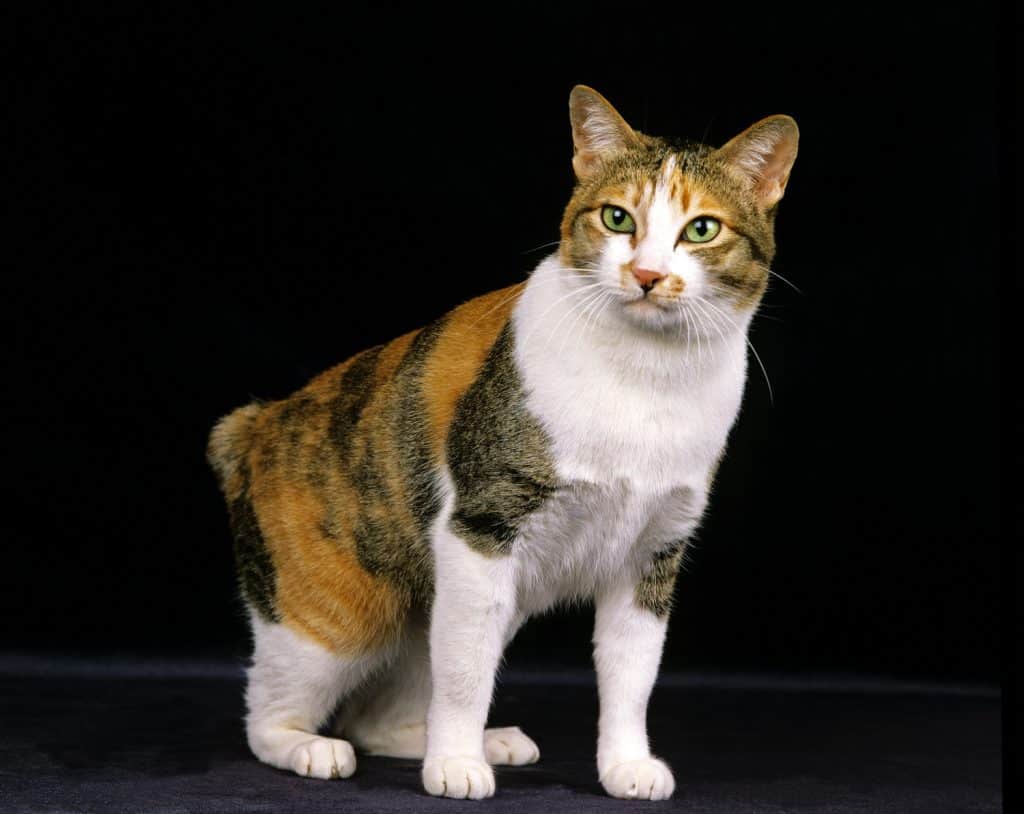
The Japanese Bobtail cat is well-loved in Japanese culture for its fascination with water.
If you have a Japanese Bobtail cat as a pet, you’ll find it attentively watching the aquarium for a chance to get in or playing with the faucet in the kitchen or the bath to make it run.
Essentially, if there’s any water body near a Japanese Bobtail, you’ll find it nearby. Japanese Bobtail cats are very playful and full of energy. They love cuddling and being with their parent, especially love it if you let it play and splash about in the water. As with the American Bobtail, having a few floating toys in a few inches of water will be a day well spent for your cat.
9. Manx
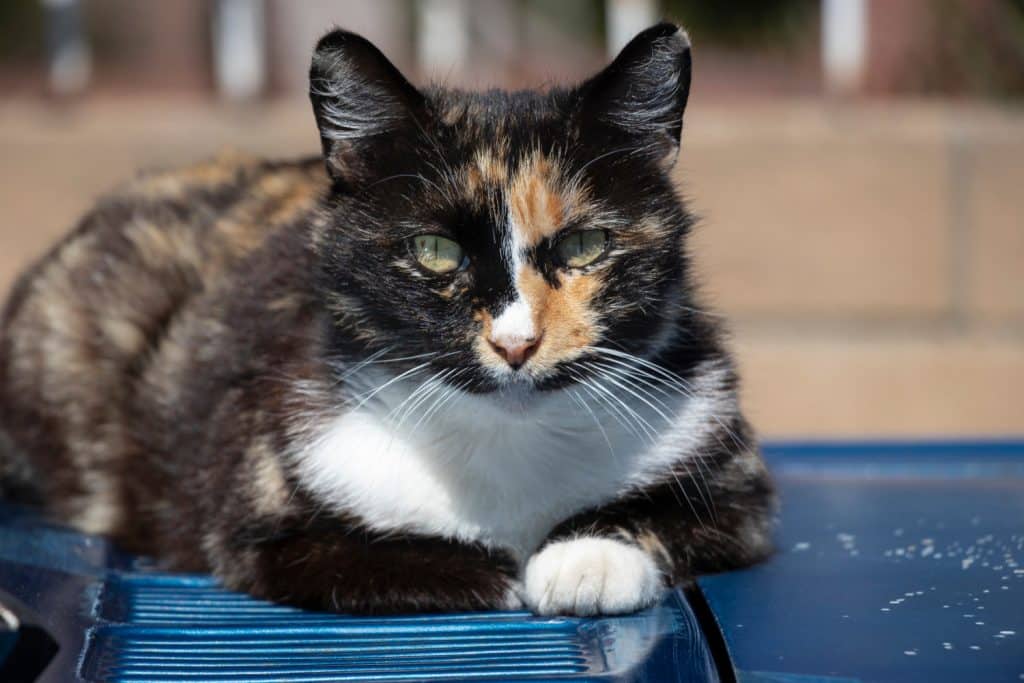
There’s something about Island-born cats like the Japanese Bobtail and the Manx that makes them love water so much.
Hailing from the Isle of Man, the Manx cat is very much like its other Island cousin since it has a cute little tail. And like its cousin, you’ll find this cat wading in a pond and dunking its toys in the water time and time again.
Manx cats love playing in the water and will drag you along to the river or the lake if you live near one. Remember to be cautious. In the heat of all that fun, your cat will likely want to swim far and wide.
10. Sphynx Cat
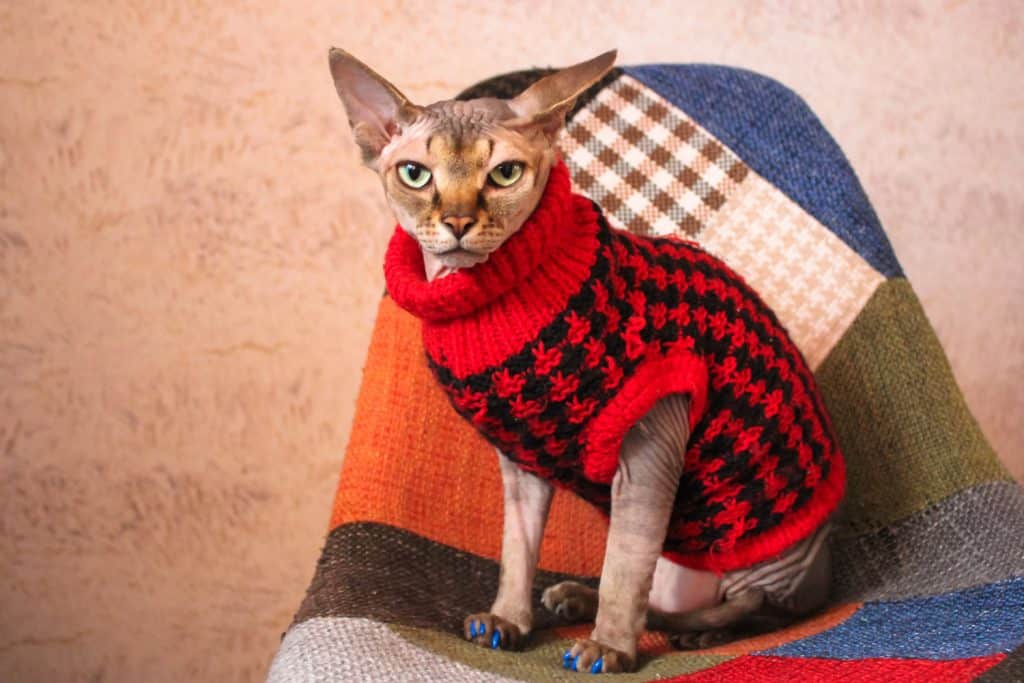
Cats typically hate water because it clogs their fur. So, for a cart with no hair, you can be sure they’ll love swimming around in it.
The Sphynx cat, well known for its hairlessness, is a very friendly, sweet cuddle bug that will socialize and play around when it wants. Alongside, this cat will talk and talk until you allow it to play in the water as much as it wants.
Because of their lack of hair, the Sphynx cat’s skin tends to get oily as the day goes. If these cats are exposed to water from a young age, it is easier for them to love water as they grow older.
Do You Have Any of These Breeds?
Being a pet parent can be a wonderful experience. So, if you’re ready to adopt a cat (adopt, don’t shop!), and want a breed that loves water, choose one of the above. You will be making a cat very happy by giving it a loving, caring home!
If you own a cat hesitant to drink water, then our resource is how to force a cat to drink water? It will help you to keep the fluffy friend hydrated.


